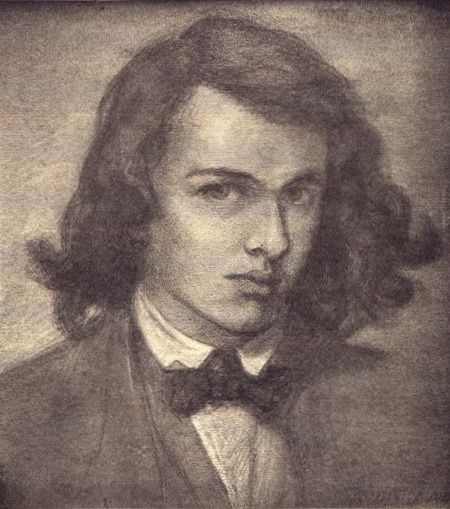 |
| New York : Farrar, Straus & Giroux, 2015 |
I read
Wilberforce over the course of two months...not because I didn't like it...quite the opposite in fact. After each chapter, I would close the book and marvel at how amazingly well-written it was. The language, the atmosphere, it is all spot-on. Anyone who has read one of the classic English boarding school novels from the late 1800s through the 1950s will recognize the key elements in Cross's novel. Of particular importance is the cricket match...in this case between the best the school has to offer and "the old boys" (graduates of the school who have returned for a summer games day).
The novel takes place in 1926 at St. Stephen's Academy. The fags (underclassmen) are in revolt and wreaking havoc while Morgan Wilberforce along with the other upperclassmen are busy sneaking off to taverns or having romantic rendezvous. Wilberforce has set his romantic sights on Spaulding, another student, and decides to get noticed by crashing into him during a rugby match. When a tragic event occurs, everything changes at St. Stephens and Wilberforce seems unable to cope.
Cross's
Wilberforce takes its place in the canon of English schoolboy novels by referencing its predecessors. When he leaves St. Stephen's Academy, Silk, a former student for whom Wilberforce had fagged, leaves him a copy of
Stalky & Co. (1899) by Rudyard Kipling. In
Stalky & Co., another English school novel,
Eric, or Little by Little (1858) by Frederic Farrar is referenced when someone is derided for being too pious by saying they were "Ericking." This is a particularly interesting reference since our main character, Wilberforce, caused quite a scandal the year before the novel begins by refusing to be confirmed. His relationship to religious belief remains a central theme throughout the novel.
While the novel does have some degree of resolution, it remains open for a sequel. It appears that Ms. Cross is already at work on a second novel set at St. Stephens, but it is unclear if it will include young Wilberforce as a character. What she has written could become the start of a truly compelling series.





